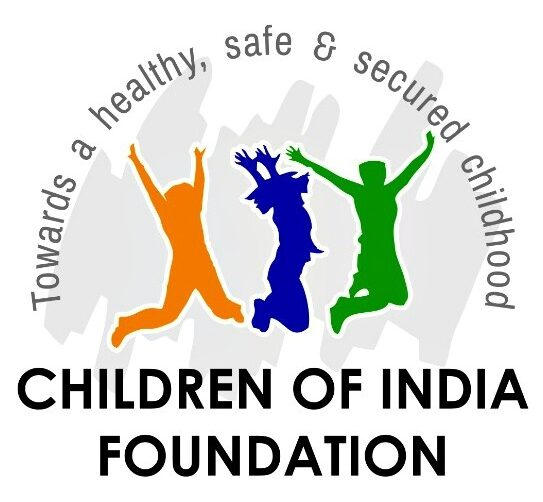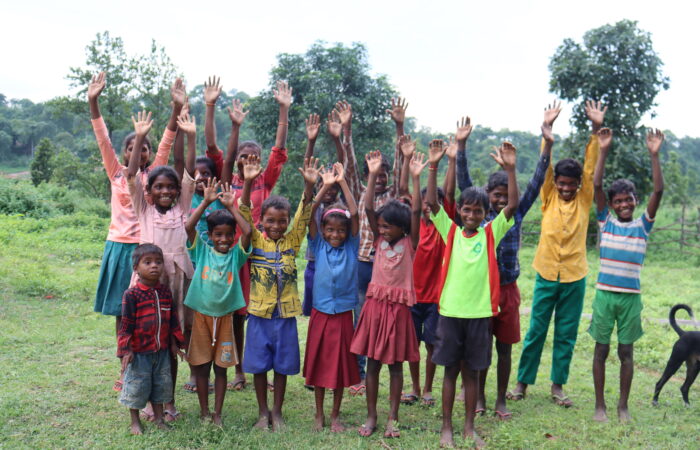India, with its rich cultural heritage and diverse demographics, has long placed significant emphasis on the family unit and its societal values. Among the many groups that make up the Indian populace, the single girl child is one that has often been overlooked or underestimated. However, with changing times, there has been growing recognition of the importance of empowering and supporting single girl children. The central government of India, acknowledging this need, has launched various schemes aimed at promoting the well-being, education, and empowerment of single girl children.
This article delves into some of the prominent schemes and initiatives by the government of India that cater to the needs of single girl children, aiming to provide financial, educational, and social support to ensure a brighter future for them.
1. Beti Bachao Beti Padhao Scheme
Launched in 2015 by the Prime Minister of India, the Beti Bachao Beti Padhao (BBBP) scheme is one of the most significant initiatives aimed at addressing the issues of declining child sex ratio, female foeticide, and the lack of opportunities for girls. Although this scheme is not exclusively for the single girl child, it has several provisions that benefit them.
Key Features of the Scheme:
- Awareness and Advocacy: It aims to create awareness about the importance of educating and empowering the girl child.
- Focus on Education: It ensures that girls, including single girl children, have access to quality education, particularly in rural and underserved areas.
- Financial Support: The scheme provides a structured mechanism to help families of the girl child with various financial incentives for education, healthcare, and security.
The scheme encourages gender equality by promoting the importance of girls’ education, thus benefiting single girl children who may otherwise not have had the same support as their male counterparts.
2. Sukanya Samriddhi Yojana
The Sukanya Samriddhi Yojana (SSY) is a government-backed savings scheme designed to secure the future of a girl child. Introduced as part of the Beti Bachao Beti Padhao initiative, this scheme provides parents of a girl child (up to the age of 10) the opportunity to open a savings account in the name of their daughter. The scheme offers a high interest rate and tax benefits, making it a valuable tool for parents to secure their daughter’s future.
Key Features of Sukanya Samriddhi Yojana:
- Eligibility: It is available for a single girl child or for families with up to two girl children.
- Interest Rates: The scheme offers an attractive interest rate (higher than the normal savings account interest rate), which is compounded annually.
- Tax Benefits: The amount invested in SSY is eligible for tax deductions under Section 80C of the Income Tax Act.
- Financial Security for Higher Education and Marriage: The maturity proceeds of SSY can be used to fund higher education or marriage, ensuring financial support for the girl child in her future endeavours.
This scheme is particularly beneficial for single girl children, providing them with a financial safety net that can be used for educational or other important expenses in the future.
3. Pradhan Mantri Matru Vandana Yojana (PMMVY)
The Pradhan Mantri Matru Vandana Yojana (PMMVY) is a maternity benefit scheme that provides a financial incentive to pregnant and lactating women, which includes mothers of single girl children. This scheme aims to support women during their pregnancy and post-delivery period by providing them financial assistance for the birth of the first living child.
Key Features of PMMVY:
- Cash Incentives: Eligible women are provided a cash incentive of ₹5,000 in three instalments, which helps with nutritional and medical needs during pregnancy.
- Focused on First Child: The scheme specifically targets the first live birth, supporting those who have a single girl child.
- Holistic Health Support: The scheme also provides assistance for vaccinations and healthcare services, ensuring a healthy start for both the mother and the child.
This scheme is especially relevant for single girl children, as it supports the mother during the crucial stages of pregnancy and childbirth, ensuring that the child has a healthy and secure beginning to life.
4. Kasturba Gandhi Balika Vidyalaya (KGBV)
The Kasturba Gandhi Balika Vidyalaya scheme is an initiative designed to promote the education of girls, particularly those from marginalised communities. It provides residential school facilities for girls in rural and remote areas who may not have access to quality education otherwise.
Key Features of the KGBV Scheme:
- Residential Schools: These schools provide free accommodation, food, and education for girls, including single girl children from economically disadvantaged backgrounds.
- Curriculum and Activities: The schools follow a curriculum designed to empower girls, including vocational training and life skills.
- Focus on Inclusivity: Single girl children from backward communities, such as tribal and rural areas, are given priority in enrolment.
The scheme aims to reduce the educational gap between rural and urban girls and provides an equal opportunity for single girl children, ensuring they are not left behind in terms of educational development.
5. National Scheme of Incentive to Girls for Secondary Education (NSIGSE)
The National Scheme of Incentive to Girls for Secondary Education is another important initiative aimed at encouraging girls to continue their education at the secondary level. While it benefits all girls, it has provisions that can particularly aid single girl children.
Key Features of NSIGSE:
- Financial Support: The scheme provides a one-time financial incentive to the girl child to continue her education at the secondary level.
- Eligibility: The incentive is available to all girls, but special attention is given to those from families below the poverty line.
- Focus on Secondary Education: By promoting the completion of secondary education, the scheme ensures that single girl children have the opportunity to pursue higher education or vocational training.
This scheme aims to reduce dropout rates among girls, especially in rural areas, and offers an economic incentive to families to support the education of their single girl child.
6. The Girl Child Education Scheme (GCES)
This is a scheme designed to ensure the education of the girl child, particularly in rural and remote areas. It aims to address the issue of low female literacy rates and provides support to the families of girl children who are at risk of not attending school.
Key Features of GCES:
- School Enrolment Support: Financial assistance is provided to families for enrolling their daughters in school.
- Scholarships: Scholarships and stipends are awarded to girls to ensure they can continue their education without financial burden.
- Awareness Campaigns: The scheme also conducts awareness campaigns in rural areas to reduce societal prejudices against female education.
For single girl children, the GCES scheme ensures they have the support they need to receive a quality education and grow into empowered individuals.
7. Child Protection Services Scheme
The Child Protection Services Scheme is a government initiative aimed at ensuring the safety and security of children across India, including the single girl child. The scheme provides for the establishment of Child Welfare Committees (CWCs) in every district and facilitates rehabilitation services for children who are vulnerable, including single girl children.
Key Features of the Scheme:
- Child Welfare Committees (CWCs): CWCs help in the rehabilitation and protection of children, especially in cases of abuse, neglect, and exploitation.
- Shelter Homes: The scheme provides shelter homes for children who are without proper family care.
- Special Focus on Vulnerable Girls: Single girl children who are orphans, abandoned, or in difficult situations are given priority in the protection and rehabilitation process.
The scheme aims to protect the rights of the child and ensure that single girl children are provided with the necessary care and security, especially in adverse circumstances.
Conclusion
The government of India has rolled out several schemes to ensure the welfare, education, and empowerment of the single girl child. These schemes provide financial, educational, and healthcare support, aiming to build a society where every girl child can realise her full potential. From financial support like Sukanya Samriddhi Yojana to educational schemes like KGBV and NSIGSE, these initiatives are designed to uplift and support single girl children across India, ensuring that they are not left behind but are given every opportunity to succeed and lead a fulfilling life.
As India continues to evolve, these schemes will play an instrumental role in creating a gender-equal society where the girl child, especially the single girl child, can thrive.


